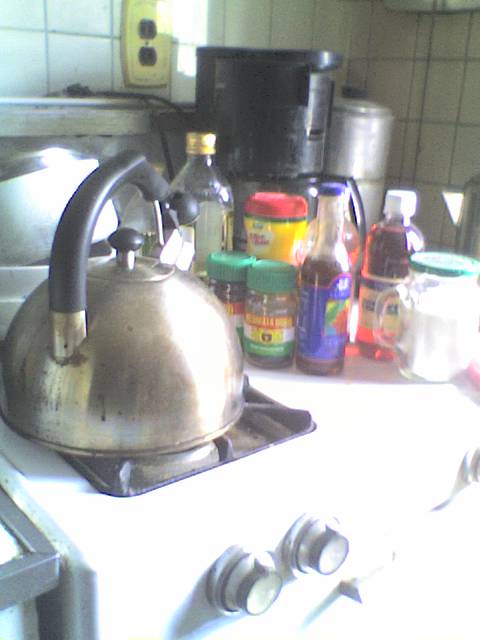Pickling and Indian food are never really mentioned in the same sentence. Yet it's an important part of the cuisine, as Indians, both from the north and the south will tell you. There are so many different ones that complement the variety of dishes the country offers. What's great is that anyone from experienced to novice home chefs can make these tart and tasty sides.
Tejal Rao wrote about this in today's New York TImes Food section. Ms Rao, a regular contributor, also interviewed India's pickle queen Usha Prabakaran who wrote a cult classic cookbook Usha's Pickle Digest.It was on the cusp of being big, when a rare fungus lodged in the front of her brain. She needed surgery to remove it along with long periods of rest to recover. The book and the launch party had to be put on hold. This was in 1998 and through the two decades since the book has picked up a following.It was self published and then the pages were photocopied. It was celebrated in blogs and on podcasts. Ms. Prabakan, who originally studied to be a lawyer, answered inquiries with friendly PDFs which explains how her pickle books hopped the globe. Pickling is big in Indian cuisine. She learned how from her mother in law who preserved new batches of seasonal pickles every week.The tart fruits and veggies were addictive. She apprenticed herself, learning to turn jars in the sun so the fruit dried evenly and taught herself to combine new and old tamerinds to balance out their acidity levels. Her creations were given to friends who begged for the recipes. The book also reflects the need to preserve this tradition which is dying out thanks to pickle factories taking over.
Indian home chefs use almost anything to create these tasty side dishes and condiments. Fruits such as plums and hog plums - a kind of smaller version of plum along with cherries and chokeberries - a berry similar to a blueberry are brined in either salt or a spiced oil. Sprouted fenugreek seeds, bamboo shoots, fat gooseberries and even hibiscus flowers (!) are also pickled. Most of them are brined in salt water but Indian home chefs also use vinegar, citrus juice , tamarind juice and yogurt. Pickled foods are served at every meal, including breakfast and with every kind of dish including grilled cheese.Anyone can pickle. Ms. Rao gives two of Ms. Prabakaran's recipes. One's a simple carrot one that has a peeled and julienned carrot brined in lime juice and kosher salt. Fresh , finely chopped ginger and a finely chopped serrano chile are added for heat and flavor. This would be a great side for any dinner.Another is a tomato and fennel seed pickle.It requires unripe or sour Roma tomatoes.It has a sweet and spicy vibe , thanks to tamarind juice and hot paprika. Asafoetida powder is also added. This gives a leek like flavor and is used in northern Indian cooking. This is a more involved cooking which involves cooking mustard seeds also used for more flavor, and then cooking the tomatoes in the spice mixture.It's then cooled and eaten with flat breads or yogurt.
Pickled foods are a great side to any main course. Try Usha Prabakaran's recipes to give your meals a fun lift. They're relatively easy to recreate and a nice jolt of heat on a cold winter's night.
Wednesday, January 8, 2020
The Great Indian Pickling Book
Subscribe to:
Post Comments (Atom)




No comments:
Post a Comment